Re: Wild Edible Plants
Brassicaceae (Mustard family)
Brassica Oleracea

This is the species whose domesticated varieties include:
Broccoli
Cabbage
Brussel Sprouts
Cauliflower
Kale
Collard Greens
and Kohlrabi

I found its uncultivated form (known as Wild Cabbage) in Italy,
it shares in the pungency of raw cabbage, but it grows long broad leaves which
don't furl up into a head.
You can't find it growing wild here, it's restricted to the Mediterannean coast,
but you can of course grow the cultivated forms here, just make sure to weed them thoroughly.
Each domesticated variety was emphasized for the different parts of the plant:
Broccoli and Cauliflower for its flower clusters
Brussel Sprouts for promoting many sprouts from a single plant (mini emerging cabbage-like heads)
Cabbage for the full grown head
Kale and Collard greens for the leaves
Kohlrabi for the bulbous root!
Brassica Rapa

The species from which Turnips (above right) and Napa Cabbage were bred in ancient times. it can be
found in our climate and enjoyed for its greens. The leaves can be
eaten raw when very young, though you'll probably have an easier time identifying
them when they're more mature, by which time you should boil the leaves.
The wild variety: Brassica Rapa Campestris (above left), grows pretty much across the continent as a weed,
and can be distinguished from other mustards with its leaf bases
that grow around the stem, rather than having their own little stem jutting out.
Sinapis (genus)
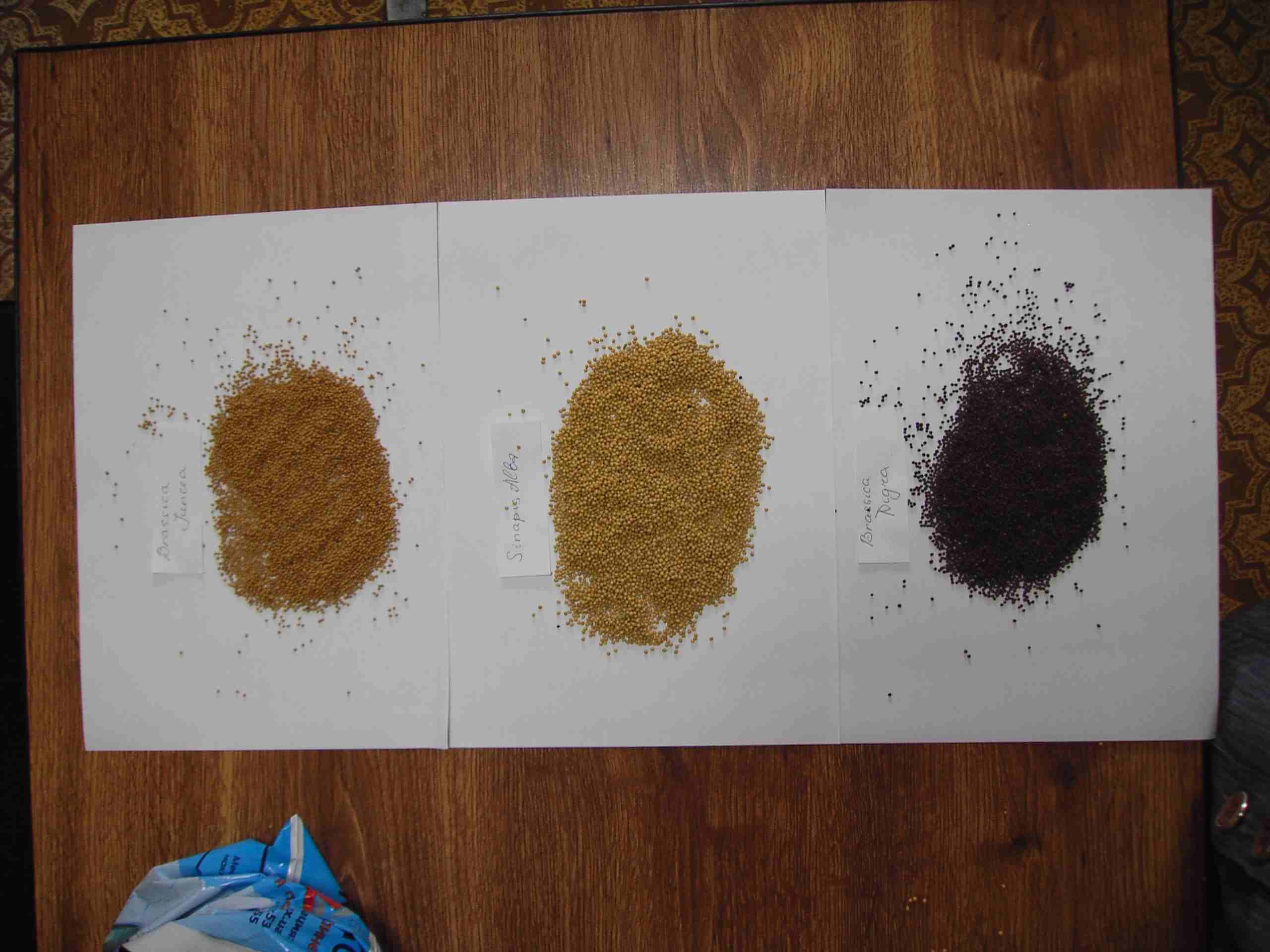

The genus from which we get our mustard seeds from! Sinapis Alba, Juncea and Nigra
are each cultivated for their white, brown and black seeds respectively. Sinapis Alba, or White Mustard,
is most often used to make the mustard you buy as a paste in stores, but you can find the plant itself in
the wild. The other two, Brown and Black mustard have a pungent principle giving them a taste quite
reminiscent to the wasabi you spread on sushi.

There are mild varieties too, the most common I've found being Sinapis Arvensis/Field Mustard. (above)
You can eat the leaves raw, but they are more enjoyable cooked, boiling for 10-15 minutes
to make a perfect substitute to spinach. The leaves of this genus are highly nourishing,
I practically feel my body giving me a big thank you when I'm eating them. Season with
salt and pepper, add some olive oil and lemon and you're good to go.
Alliaria petiolata (Garlic Mustard)

These are best used as a condiment, they'll fill your nostrils and palate with a
garlicky aroma. People around you will definitely smell it too from your breath.
The crushed leaves have been used as an ingredient in pesto,
they are often too bitter to be seriously enjoyed on their own. But on the plus side,
you will find Garlic Mustard growing everywhere, along fences, hedges, and even as
invasives to forests.
They know how to colonize, by spreading a fungicide from its
roots that reduces the growth habit of other plants near it. They also produce
cyanide, like the rose family (such as in apple seeds) and should not be eaten raw in
excess, you will feel it when you have, as your body will begin to reject the plant
long before it becomes life-threatening. Still, not to most enjoyable experience.
Given these facts, I now enjoy a leaf or two as a trailside nibble.
Brassicaceae (Mustard family)
Brassica Oleracea

This is the species whose domesticated varieties include:
Broccoli
Cabbage
Brussel Sprouts
Cauliflower
Kale
Collard Greens
and Kohlrabi

I found its uncultivated form (known as Wild Cabbage) in Italy,
it shares in the pungency of raw cabbage, but it grows long broad leaves which
don't furl up into a head.
You can't find it growing wild here, it's restricted to the Mediterannean coast,
but you can of course grow the cultivated forms here, just make sure to weed them thoroughly.
Each domesticated variety was emphasized for the different parts of the plant:
Broccoli and Cauliflower for its flower clusters
Brussel Sprouts for promoting many sprouts from a single plant (mini emerging cabbage-like heads)
Cabbage for the full grown head
Kale and Collard greens for the leaves
Kohlrabi for the bulbous root!
Brassica Rapa

The species from which Turnips (above right) and Napa Cabbage were bred in ancient times. it can be
found in our climate and enjoyed for its greens. The leaves can be
eaten raw when very young, though you'll probably have an easier time identifying
them when they're more mature, by which time you should boil the leaves.
The wild variety: Brassica Rapa Campestris (above left), grows pretty much across the continent as a weed,
and can be distinguished from other mustards with its leaf bases
that grow around the stem, rather than having their own little stem jutting out.
Sinapis (genus)


The genus from which we get our mustard seeds from! Sinapis Alba, Juncea and Nigra
are each cultivated for their white, brown and black seeds respectively. Sinapis Alba, or White Mustard,
is most often used to make the mustard you buy as a paste in stores, but you can find the plant itself in
the wild. The other two, Brown and Black mustard have a pungent principle giving them a taste quite
reminiscent to the wasabi you spread on sushi.

There are mild varieties too, the most common I've found being Sinapis Arvensis/Field Mustard. (above)
You can eat the leaves raw, but they are more enjoyable cooked, boiling for 10-15 minutes
to make a perfect substitute to spinach. The leaves of this genus are highly nourishing,
I practically feel my body giving me a big thank you when I'm eating them. Season with
salt and pepper, add some olive oil and lemon and you're good to go.
Alliaria petiolata (Garlic Mustard)

These are best used as a condiment, they'll fill your nostrils and palate with a
garlicky aroma. People around you will definitely smell it too from your breath.
The crushed leaves have been used as an ingredient in pesto,
they are often too bitter to be seriously enjoyed on their own. But on the plus side,
you will find Garlic Mustard growing everywhere, along fences, hedges, and even as
invasives to forests.
They know how to colonize, by spreading a fungicide from its
roots that reduces the growth habit of other plants near it. They also produce
cyanide, like the rose family (such as in apple seeds) and should not be eaten raw in
excess, you will feel it when you have, as your body will begin to reject the plant
long before it becomes life-threatening. Still, not to most enjoyable experience.
Given these facts, I now enjoy a leaf or two as a trailside nibble.



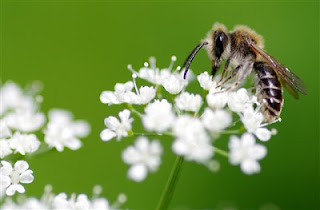
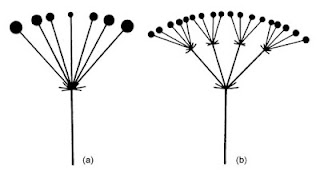
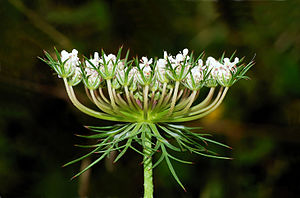
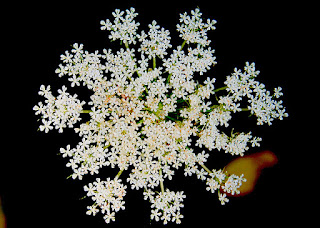
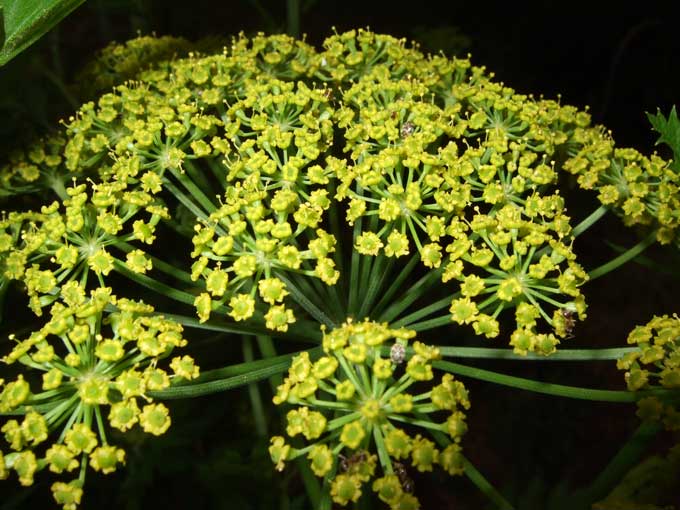

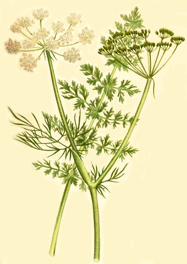





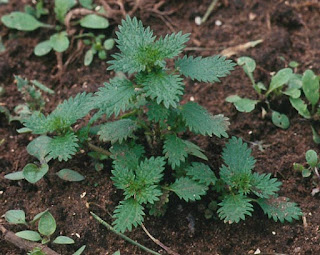


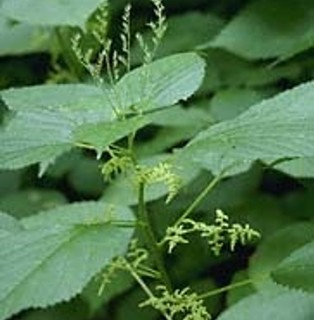
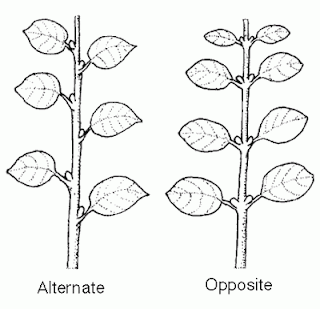
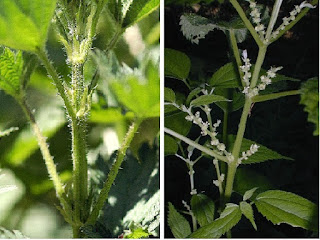


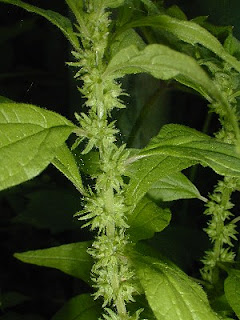

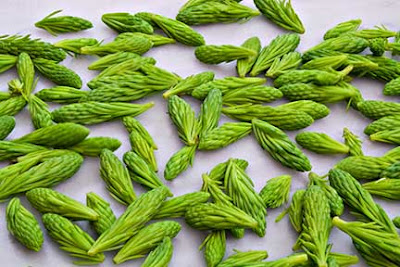
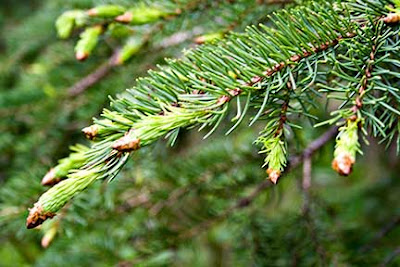



Comment